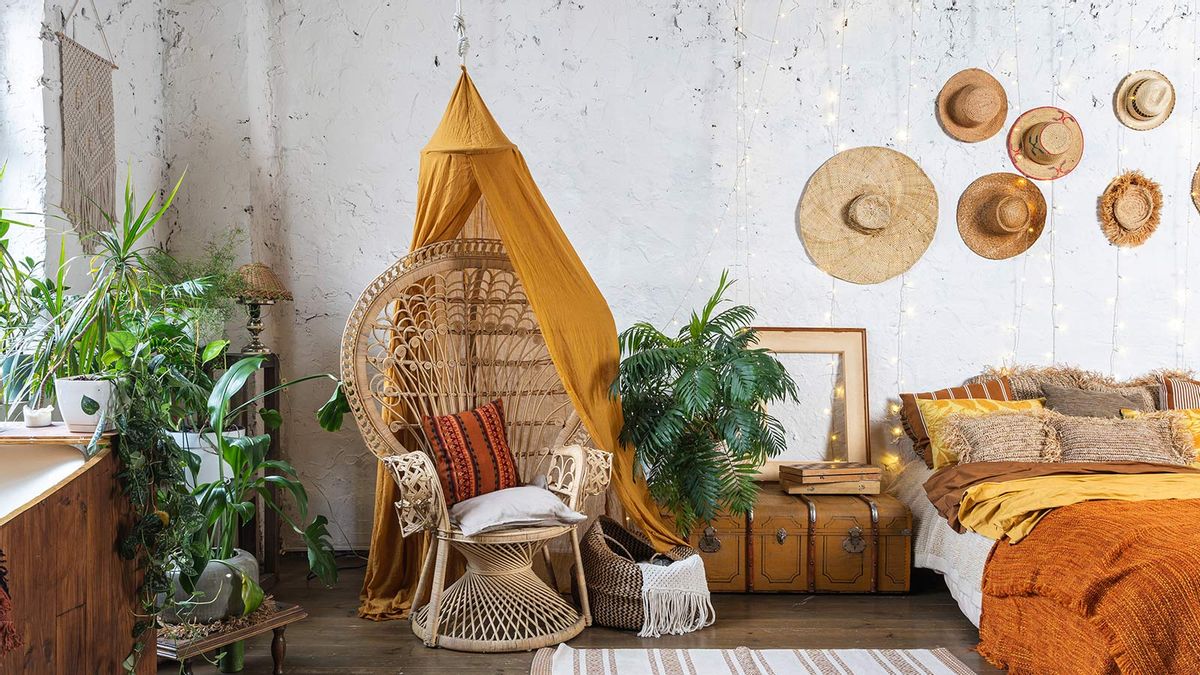An interior design aesthetic came to prominence during the lockdown in 2020 when a certain section of those on social media started a movement that embraced the simple life and harmony with nature. It was called Cottagecore and is perhaps the best way to spend your days in isolation at home.
Keep it simple, keep it green
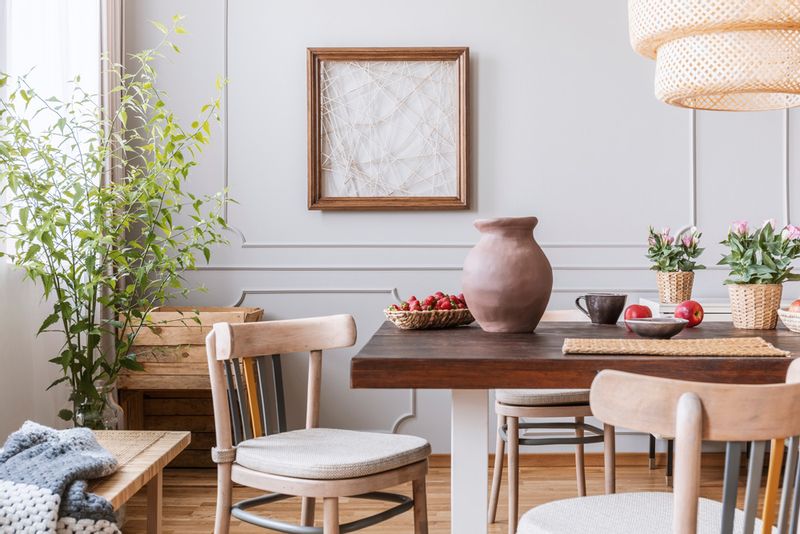
Picture this; you are living in a simple rustic countryside cabin baking bread, gardening, knitting among soft furnishings with floral patterns, simple elegant but comfortable wooden furniture, by yourself. Well, this is what cottagecore is really all about; pretty things that spell pastoral pleasure and make your home cosy. Smitha Zachariah, creative head, ZXP Design says, “This movement is not the beginning of a Hans Chris Andersen fairy tale but a common desire to live in a world outside of the one we currently live in, where there are no mobile phones pinging you constantly, no urgent work emails, no evenings spent responding to the demands of a tyrannical boss, no labour beyond domestic chores.” Greenery is an important part of the cottagecore aesthetic, so even though you may not have access to your own little garden, you can brighten up your indoor spaces with a touch of green. “Don’t be shy to throw in of planters, and hanging and standing flower pots to bring the outdoors in. Stick to neutral, earthy colours to really bring mimic the feeling of farm life,” says Shivangi Shah, founder and creative Head, Hive Home Lighting Studio.
Keep it earthy and natural
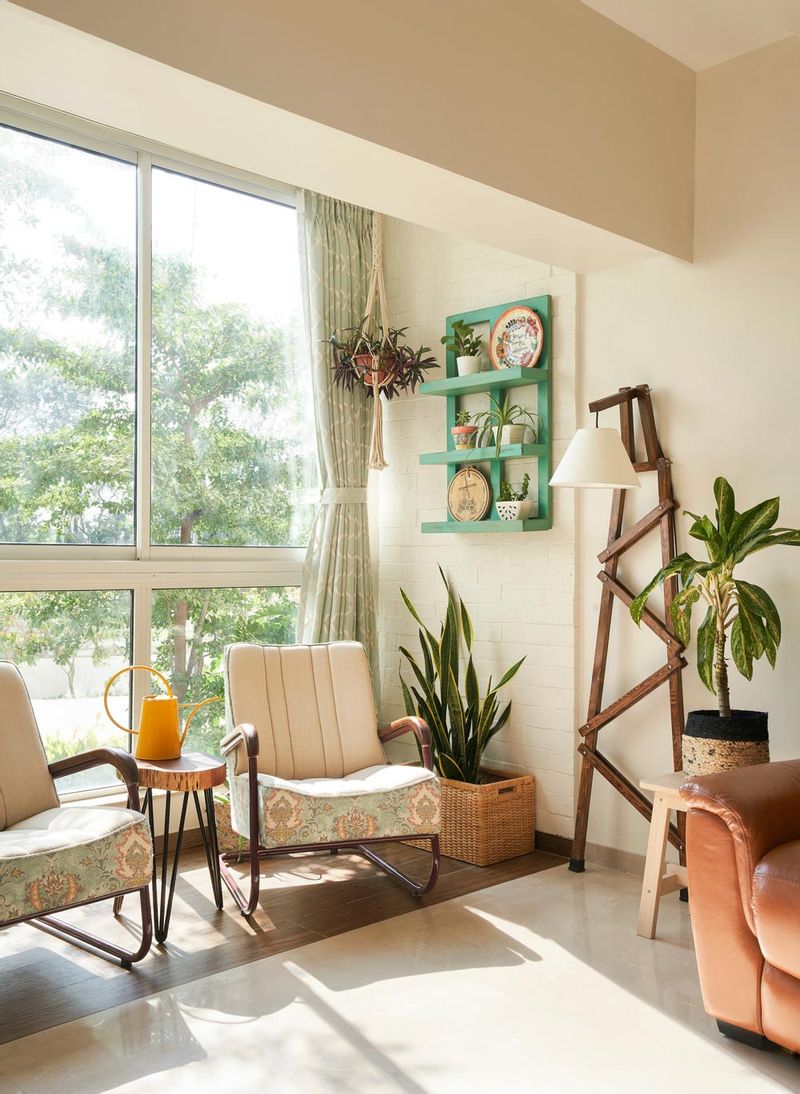
If you are looking to integrate cottegecore décor into your urban home, start by setting the material and colour palettes right. Natural materials are a must - think rattan, rich wood, and woven tapestries such as wool or linen. For palettes, earthy tones such as beiges, browns, and creams offer a strong yet soothing base, which can then be accentuated with shades of rust, ochre, olive, and teal. “Once these basics are set, you can move to choosing furniture and accessories that capture the essence of cottegecore. The goal is to find objects that burst with life and meaning and will inspire you to look inwards and close in on your internal rhythm. This meaning can stem from personal nostalgia and identity, like pulling out your mother’s brass kitchenware or hand-embroidered table napkins onto the dinner table. Or it can be objects that embody their maker’s mind and spirit. From a simple wooden table with its existence recorded in its grain to a handmade clay pot embellished with marks from the fingers that spent hours shaping it,” says Siddharth Sirohi, founder, Baro Design.
Keep a mix of old and new
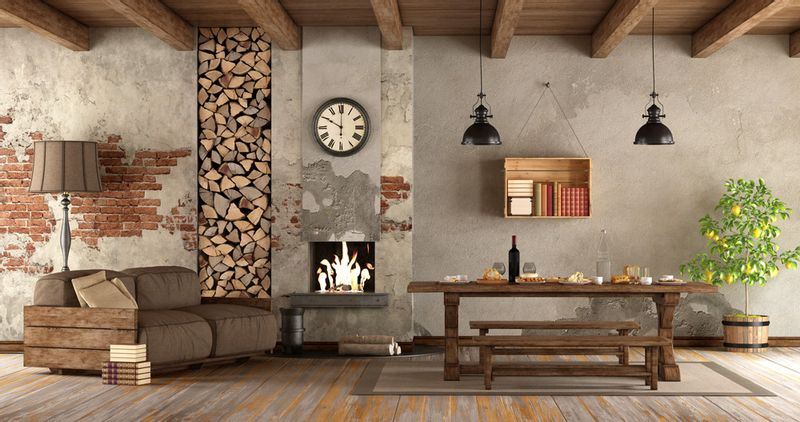
Lighting is an important aspect and candles are a great option when cultivating a cottagecore aesthetic. However, it is not always feasible to keep a candle burning throughout the night and it may also prove hazardous. “A suitable alternative to the ambient lighting provided by candles is going for an electric candle. Exposed Edison bulbs and dainty fairy lights with a soft and warm glow are also interesting substitutes for candles. A good scented candle, after all, can be expensive. A more budget-friendly option is to light incense sticks. Opt for scents like sandalwood, eucalyptus or orange blossom,” says Sujata Chitalwala, principal designer, Designers Group. Using natural wood furniture with natural grains connects a space to its surroundings and adds character. Antique furniture can blend well with newly bought furniture; if there’s a difference in wooden stains make sure that the era of the pieces feels coherent by their location and natural lighting. Pranjal Agrawal, CEO, Hèrmosa Design Studio says, “You can use a rustic bohemian finish with cane weaving, adding a table cover of soft pastel colours. The soft cushioning should also have a contrast with the wooden stains. The charm of a cottagecore setting is often the quirky and eclectic mix of old and new that gives the feeling of a cosy and welcoming space. If possible, add a hint of whites in crockery, vases, curtains and small accents, as it glorifies and magnifies the entire feel of it.”
Keep the old world charm
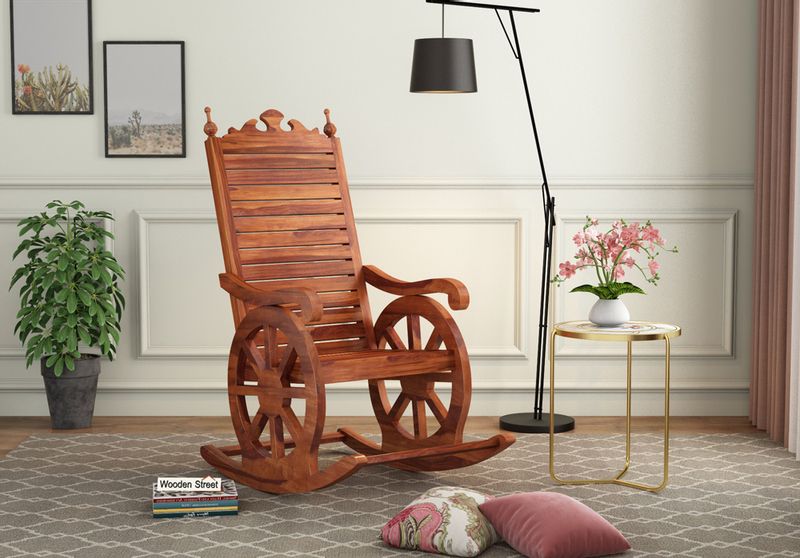
With the right kind of colours, décor and furniture you can easily incorporate the 1800s' nostalgia in your household. If you are living in a space where you don't have much exposure to the outside world, you can repaint the furniture you have into florals, dusty turquoise and soft textiles. Lokendra Ranawat, CEO & co-founder, WoodenStreet says, “It is a good idea to replace your bland curtains and bedsheets with floral patterns or stripes and checks. You can also bring out all your vintage China crockery and put them up on display. Buy vintage, rustic wooden furniture to match the vibe of the interiors. From a farmhouse kitchen table to a rocking chair, wood can do wonders in incorporating cottagecore.” And voila! Your English-inspired countryside living is at your doorstep.


